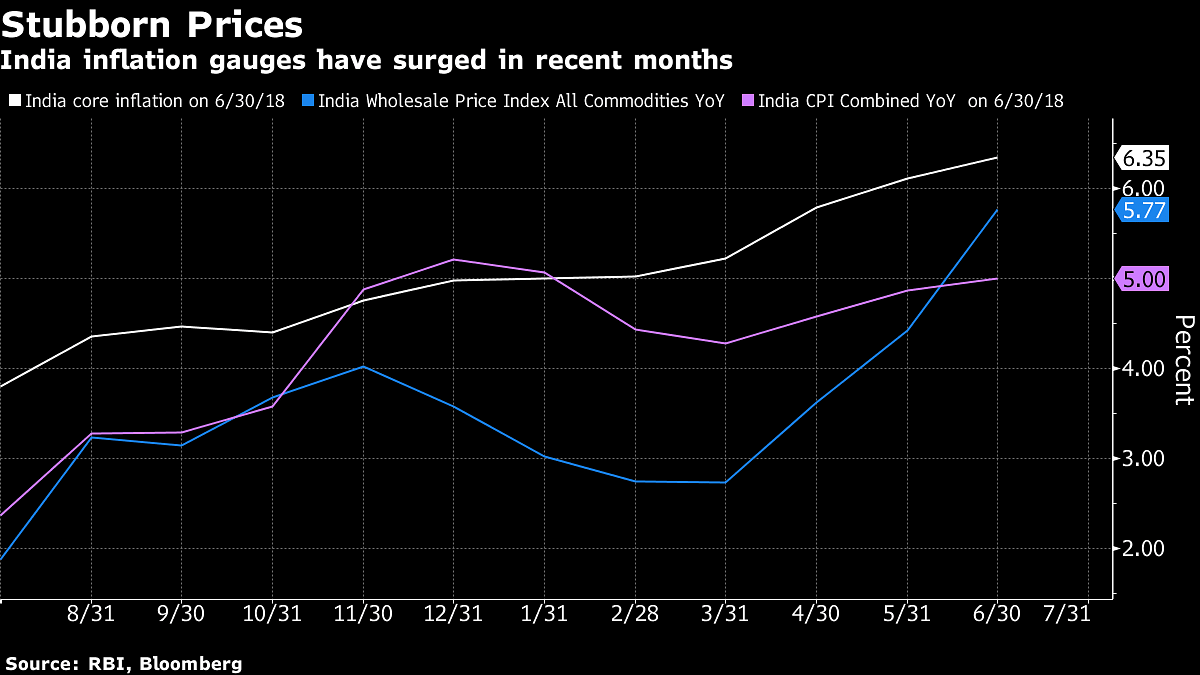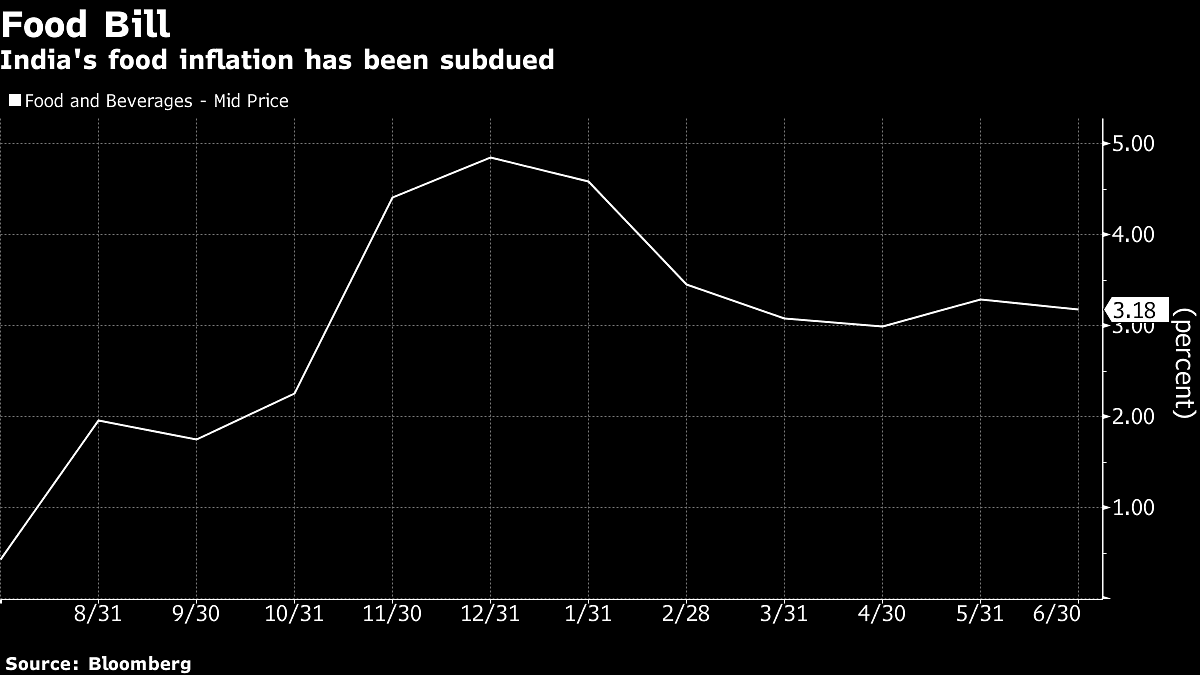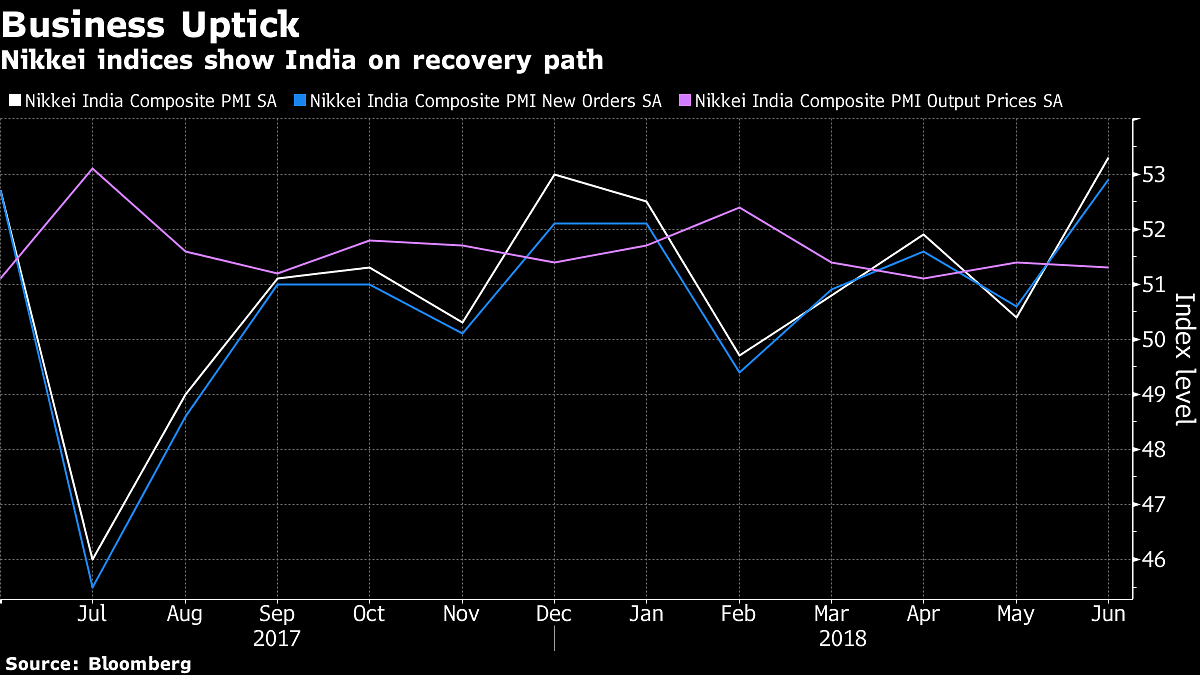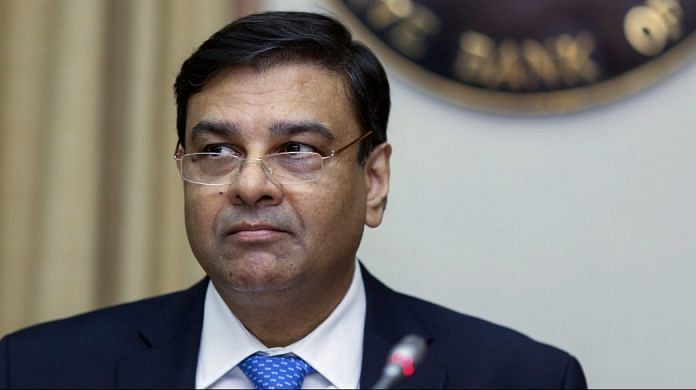Inflation has been rising steeply, as it peaked at 5% in June, especially in the backdrop of a weak rupee and higher oil prices, India’s primary import commodity.
Another interest rate hike is on the cards in India as the central bank tries to rein in inflation and shore up Asia’s weakest major currency.
The Reserve Bank of India (RBI) will probably increase the repurchase rate by 25 basis points to a two-year high of 6.5 per cent on Wednesday, according to 39 of the 52 economists in a Bloomberg survey, with the rest expecting no change.
A rate move will follow June’s surprise 25 basis-point hike, when the RBI tightened policy for the first time since 2014, following counterparts in Indonesia and the Philippines in stepping up action to counter an emerging-market rout triggered by higher U.S. rates and a stronger dollar. The rupee is down almost 7 per cent against the dollar this year.
The RBI will announce its decision at 2:30 p.m. in Mumbai followed by a press conference 15 minutes later. Here is what to watch out for in the statement:
Sticky Core
Inflation has been accelerating sharply this year, reaching 5 per cent in June, on the back of a weak rupee and higher oil, India’s biggest import item. With the government offering higher prices to buy some crops from farmers, price pressures are expected to strengthen in the second half of the fiscal year.

The RBI – which in June projected inflation of 4.7 per cent in the second half – has a mandate to keep it at the 4 per cent midpoint of its target band in the medium term.
As the economy strengthens, there are signs that demand pressures are stoking inflation. Core-price growth – which strips out volatile food, fuel and light prices – has been sticky at a four-year high of more than 6 per cent.
Also read: Rising inflation worries could push RBI to raise interest rates again
“Considering that demand-pull pressures on inflation are gaining traction, even as cost-push pressures from higher oil prices remain elevated, and that growth recovery may now be gaining momentum on improving demand, another rate hike of 25 basis points, is our base case scenario,” said Gaurav Kapur, chief economist at IndusInd Bank Ltd. in Mumbai.
Pipeline prices indicate inflation will remain under pressure. Wholesale prices quickened to 5.77 per cent in June, the highest since December 2013, while the RBI expects higher input prices to be passed on to consumers.
Food Prices
The government recently increased the minimum support prices for summer crops, which UBS Group AG estimates will boost the inflation rate between 35-70 basis points, depending on the procurement policy. Added to that is the risk of a shortfall in monsoon rains, which could boost food costs further.

What Our Economists Say…
The consensus forecast is for the Reserve Bank of India to raise rates again at its August review to contain inflation. We think it’s already done enough, and expect it to hold. Risks to growth are increasing, and inflation is probably on a downward trajectory after peaking in June. With borrowing costs already on the rise, additional tightening would amplify the debt burden for businesses and inflict more damage on public banks’ balance sheets – aggravating growth concerns.- Abhishek Gupta, Bloomberg Economics
Strong Growth
The RBI is reasonably confident that the economy is rebounding from the twin shocks of a cash ban in 2016 and the chaotic implementation of a consumption tax in 2017. It expects the output gap to narrow in the coming months, which in turn will drive inflation higher.

High frequency indicators from purchasing managers’ surveys to auto sales data show the economy is likely to grow above 7 per cent.
“With GST-related temporary disruption largely behind us, growth in the non-farm economy is picking up,” IndusInd Bank’s Kapur said. “First-quarter corporate earnings data is also indicating a revival in consumption.”
Shifting Stance
Traders are watching closely if the central bank shifts its stance to hawkish from neutral, a signal of more policy tightening in the months ahead. That would hit bonds in a market where 10-year yields surged above 8 per cent in June for the first time in three years.
It’s unclear how policy makers will vote this time around after June’s unanimous decision. The spotlight will be on Governor Urjit Patel, who heads the six-member monetary policy committee and has a casting vote. Viral Acharya, the deputy governor in charge of monetary policy, and Michael Patra, who heads the RBI’s research department, could vote for more tightening.
Of the three external members, Chetan Ghate, tends to have a balanced view, while management professor Ravindra Dholakia is a dove and economist Pami Dua usually votes with the majority.- Bloomberg






